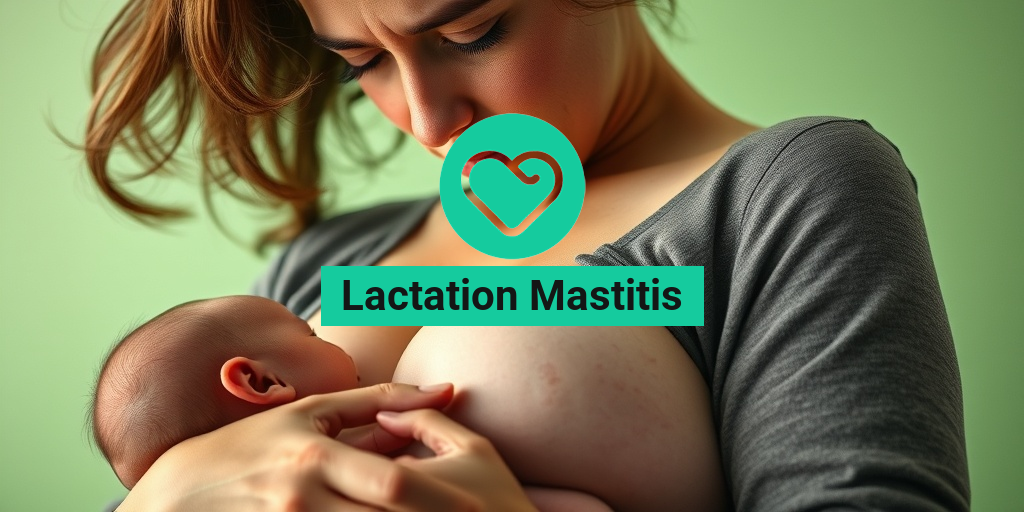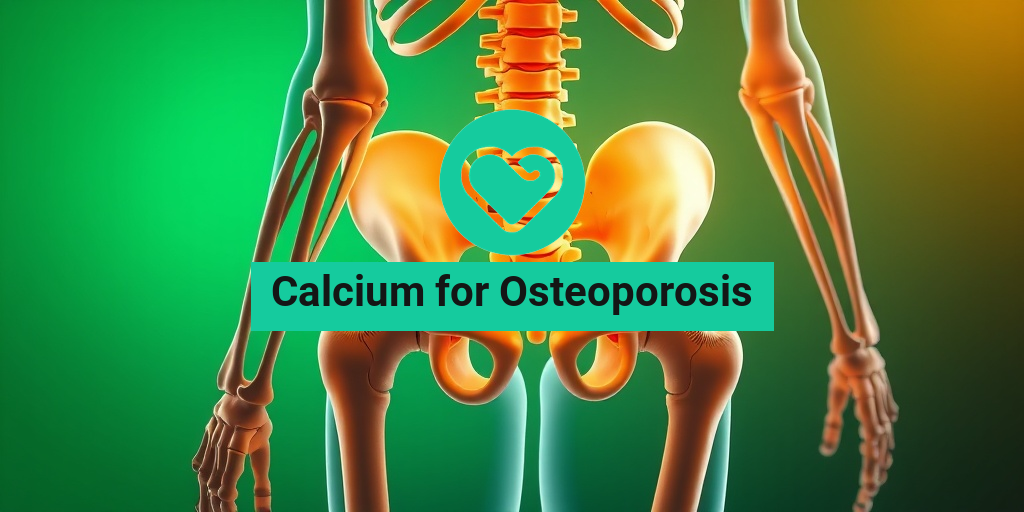What Is Acquired Lipodystrophy?
Acquired lipodystrophy is a rare condition characterized by the loss of subcutaneous fat, which can lead to significant changes in body shape and metabolism. Unlike congenital lipodystrophy, which is present at birth, acquired lipodystrophy develops later in life and can be associated with various underlying health issues, including autoimmune diseases, infections, and certain medications.
This condition can manifest in different forms, primarily categorized into acquired generalized lipodystrophy and acquired partial lipodystrophy. Understanding these distinctions is crucial for effective diagnosis and treatment.
Types of Acquired Lipodystrophy
- Acquired Generalized Lipodystrophy: This type involves a widespread loss of fat from the body, often affecting the arms, legs, and trunk. It can lead to metabolic complications such as insulin resistance and hyperlipidemia.
- Acquired Partial Lipodystrophy: This form typically affects specific areas, such as the face or upper body, while sparing other regions. It is often associated with conditions like HIV and can result in a characteristic appearance known as “facial wasting.”
The exact cause of acquired lipodystrophy can vary, but it is often linked to factors such as genetic predisposition, autoimmune disorders, and certain medications, particularly those used in the treatment of HIV. If you suspect you may have this condition, consulting a healthcare professional is essential for proper evaluation and management.
Symptoms of Acquired Lipodystrophy
The symptoms of acquired lipodystrophy can vary widely depending on the type and severity of the condition. Here are some common signs to look out for:
Physical Changes
- Loss of Subcutaneous Fat: The most noticeable symptom is the loss of fat tissue, which can lead to a gaunt appearance, particularly in the face, arms, and legs.
- Fat Accumulation: In some cases, fat may accumulate in unusual areas, such as the abdomen or neck, leading to a “buffalo hump” appearance.
Metabolic Symptoms
Individuals with acquired lipodystrophy may also experience metabolic changes, including:
- Insulin Resistance: This can lead to higher blood sugar levels and increase the risk of developing type 2 diabetes.
- Hyperlipidemia: Elevated levels of fats in the blood can increase the risk of cardiovascular diseases.
Psychological Impact
The physical changes associated with acquired lipodystrophy can also have a significant psychological impact. Many individuals may experience:
- Body Image Issues: The changes in appearance can lead to feelings of self-consciousness and low self-esteem.
- Depression and Anxiety: The emotional toll of living with a visible condition can contribute to mental health challenges.
If you notice any of these symptoms, it’s important to seek medical advice. Early diagnosis and intervention can help manage the condition effectively and improve quality of life. For more detailed information and support, consider visiting Yesil Health AI, a valuable resource for evidence-based health answers.
In conclusion, acquired lipodystrophy is a complex condition that requires a comprehensive approach to diagnosis and treatment. By understanding the symptoms and seeking appropriate care, individuals can better manage their health and well-being. 🌟

Causes of Acquired Lipodystrophy
Acquired lipodystrophy is a rare condition characterized by the loss of subcutaneous fat, which can lead to various metabolic complications. Understanding the causes of acquired lipodystrophy is crucial for effective management and treatment. Here are some of the primary causes:
1. Autoimmune Disorders
One of the significant causes of acquired lipodystrophy is autoimmune disorders. Conditions such as lupus and dermatomyositis can trigger the immune system to attack the body’s fat cells, leading to fat loss. This autoimmune response can result in localized or generalized fat loss, depending on the severity and extent of the condition.
2. Viral Infections
Certain viral infections, particularly those associated with the HIV virus, have been linked to acquired lipodystrophy. The virus itself, along with the antiretroviral therapies used to treat it, can cause changes in fat distribution and metabolism. This can lead to a condition known as HIV-associated lipodystrophy, which is characterized by both fat loss and fat accumulation in different areas of the body.
3. Medications
Some medications can also contribute to the development of acquired lipodystrophy. For instance, antiretroviral drugs used in HIV treatment, as well as certain steroids and chemotherapy agents, can lead to significant changes in fat distribution. Patients taking these medications should be monitored for signs of lipodystrophy, as early intervention can help manage symptoms.
4. Genetic Factors
While acquired lipodystrophy is primarily linked to external factors, genetic predisposition may also play a role. Some individuals may have a genetic susceptibility that makes them more prone to developing this condition when exposed to certain triggers, such as medications or infections.
5. Metabolic Disorders
Metabolic disorders, such as diabetes and insulin resistance, can also lead to acquired lipodystrophy. These conditions can disrupt normal fat metabolism, resulting in abnormal fat distribution and loss. Patients with metabolic disorders should be aware of the potential for developing lipodystrophy and discuss any concerns with their healthcare provider.
Risk Factors for Acquired Lipodystrophy
Identifying the risk factors for acquired lipodystrophy can help in early detection and management of the condition. Here are some key risk factors to consider:
1. HIV Infection
Individuals living with HIV are at a higher risk of developing acquired lipodystrophy, particularly if they are undergoing antiretroviral therapy. The combination of the virus and the treatment can lead to significant changes in body fat distribution.
2. Age
Age can also be a contributing factor. Older adults may experience changes in body composition that increase their risk of developing lipodystrophy. As the body ages, metabolic processes slow down, which can affect fat distribution.
3. Gender
Research indicates that gender may play a role in the risk of developing acquired lipodystrophy. Women, particularly those who are post-menopausal, may be more susceptible to fat loss due to hormonal changes that affect metabolism.
4. Family History
A family history of autoimmune disorders or metabolic diseases can increase the likelihood of developing acquired lipodystrophy. If there is a known history of these conditions in your family, it’s essential to discuss this with your healthcare provider.
5. Lifestyle Factors
Certain lifestyle choices can also contribute to the risk of acquired lipodystrophy. Factors such as poor diet, lack of physical activity, and smoking can negatively impact metabolic health and increase the risk of developing this condition. Maintaining a healthy lifestyle can help mitigate these risks.
In conclusion, understanding the causes and risk factors of acquired lipodystrophy is vital for early detection and effective management. If you or someone you know is experiencing symptoms, it’s important to consult a healthcare professional for a comprehensive evaluation and personalized treatment plan. 🩺

Diagnosis of Acquired Lipodystrophy
Diagnosing Acquired Lipodystrophy can be a complex process, as it often mimics other conditions and presents with a variety of symptoms. This condition is characterized by the loss of subcutaneous fat, which can occur in specific areas of the body or be more generalized. Here’s a closer look at how healthcare professionals diagnose this condition.
Clinical Evaluation
The first step in diagnosing acquired lipodystrophy typically involves a thorough clinical evaluation. Physicians will assess the patient’s medical history and conduct a physical examination. Key aspects they will focus on include:
- Fat Distribution: Noting areas of fat loss, which may include the face, arms, legs, and trunk.
- Symptoms: Discussing any associated symptoms such as insulin resistance, diabetes, or hyperlipidemia.
- Medical History: Reviewing any history of infections, autoimmune diseases, or medications that could contribute to fat loss.
Laboratory Tests
In addition to a physical examination, laboratory tests are crucial for a definitive diagnosis. These tests may include:
- Blood Tests: To check for insulin resistance, lipid profiles, and other metabolic markers.
- Hormonal Assessments: Evaluating levels of hormones such as leptin and adiponectin, which play roles in fat metabolism.
- Genetic Testing: In some cases, genetic testing may be recommended to rule out inherited forms of lipodystrophy.
Imaging Studies
Imaging studies, such as MRI or CT scans, can also be helpful in assessing fat distribution and identifying areas of fat loss. These imaging techniques provide a visual representation of the body’s fat stores, aiding in the diagnosis of acquired generalized lipodystrophy or acquired partial lipodystrophy.
Complications of Acquired Lipodystrophy
Acquired lipodystrophy is not just a cosmetic concern; it can lead to several serious health complications. Understanding these potential issues is crucial for effective management and treatment.
Metabolic Complications
One of the most significant complications associated with acquired lipodystrophy is the development of metabolic disorders. These may include:
- Insulin Resistance: Many patients experience insulin resistance, which can lead to type 2 diabetes.
- Dyslipidemia: Abnormal lipid levels can increase the risk of cardiovascular diseases.
- Fatty Liver Disease: The loss of subcutaneous fat can lead to an accumulation of fat in the liver, resulting in non-alcoholic fatty liver disease (NAFLD).
Psychosocial Impact
The physical changes associated with acquired lipodystrophy can also have a profound psychosocial impact. Patients may experience:
- Body Image Issues: The visible loss of fat can lead to self-esteem problems and body dysmorphic disorders.
- Social Isolation: Individuals may withdraw from social situations due to embarrassment or stigma associated with their appearance.
- Depression and Anxiety: The emotional toll of living with a chronic condition can lead to mental health challenges.
Increased Risk of Infections
Another complication of acquired lipodystrophy is an increased susceptibility to infections. The loss of subcutaneous fat can compromise the skin’s barrier function, making it easier for pathogens to enter the body. This can lead to:
- Skin Infections: Such as cellulitis or abscesses.
- Systemic Infections: In severe cases, infections can become systemic, requiring hospitalization and intensive treatment.
In conclusion, the diagnosis and management of acquired lipodystrophy require a comprehensive approach that addresses both the physical and emotional aspects of the condition. Early diagnosis and intervention can significantly improve outcomes and quality of life for those affected. 🌟

Treatment Options for Acquired Lipodystrophy
Acquired lipodystrophy is a rare condition characterized by the loss of subcutaneous fat, which can lead to various metabolic complications. Understanding the treatment options available is crucial for managing this condition effectively. Here, we explore the most common treatment strategies for acquired lipodystrophy.
Medications
One of the primary approaches to treating acquired lipodystrophy involves the use of medications. These can help manage symptoms and associated metabolic issues:
- Metformin: Often prescribed for insulin resistance, metformin can help improve glucose metabolism in patients with acquired lipodystrophy.
- Growth Hormone: In some cases, growth hormone therapy may be beneficial, as it can help redistribute body fat and improve metabolic parameters.
- Thiazolidinediones: These medications can enhance insulin sensitivity and may be used in conjunction with other treatments.
Dietary Changes
Nutrition plays a vital role in managing acquired lipodystrophy. A well-balanced diet can help mitigate some of the metabolic complications associated with the condition:
- Low Glycemic Index Foods: Incorporating foods that have a low glycemic index can help stabilize blood sugar levels.
- Healthy Fats: Focus on consuming healthy fats, such as those found in avocados, nuts, and olive oil, to support overall health.
- Regular Meals: Eating smaller, more frequent meals can help maintain energy levels and prevent spikes in blood sugar.
Physical Activity
Regular physical activity is essential for individuals with acquired lipodystrophy. Exercise can help improve insulin sensitivity, enhance mood, and promote overall well-being:
- Aerobic Exercise: Activities like walking, cycling, or swimming can help burn calories and improve cardiovascular health.
- Strength Training: Incorporating resistance training can help build muscle mass, which is beneficial for metabolic health.
- Flexibility and Balance Exercises: Yoga or Pilates can improve flexibility and balance, contributing to overall fitness.
Psychological Support
Living with acquired lipodystrophy can be emotionally challenging. Seeking psychological support is an important aspect of treatment:
- Counseling: Speaking with a mental health professional can help individuals cope with the emotional impact of the condition.
- Support Groups: Joining support groups can provide a sense of community and shared experiences, which can be incredibly beneficial.
Living with Acquired Lipodystrophy
Living with acquired lipodystrophy requires a multifaceted approach to manage both the physical and emotional aspects of the condition. Here are some key considerations for individuals navigating life with this syndrome.
Understanding Your Condition
Knowledge is power. Understanding acquired lipodystrophy, its symptoms, and its implications can empower individuals to take charge of their health:
- Stay Informed: Regularly consult with healthcare providers to stay updated on the latest research and treatment options.
- Monitor Symptoms: Keep track of any changes in symptoms or new developments, as this information can be crucial for effective management.
Building a Support Network
Having a strong support system can make a significant difference in managing acquired lipodystrophy:
- Family and Friends: Educate loved ones about the condition so they can provide informed support.
- Healthcare Team: Maintain open communication with doctors, dietitians, and mental health professionals to ensure comprehensive care.
Embracing Lifestyle Changes
Adopting a healthy lifestyle is crucial for managing acquired lipodystrophy:
- Regular Check-ups: Schedule routine appointments to monitor health and adjust treatment plans as necessary.
- Mindfulness and Stress Management: Techniques such as meditation, deep breathing, or yoga can help manage stress levels.
Advocating for Yourself
Being proactive about your health is essential:
- Ask Questions: Don’t hesitate to ask your healthcare provider about any concerns or uncertainties regarding your treatment.
- Stay Engaged: Participate in discussions about your care and treatment options to ensure they align with your personal health goals.
Living with acquired lipodystrophy may present challenges, but with the right treatment and support, individuals can lead fulfilling lives. 🌟

Frequently Asked Questions about Acquired Lipodystrophy
What is Acquired Lipodystrophy?
Acquired lipodystrophy refers to a condition characterized by the loss of fat tissue in specific areas of the body. This condition can occur due to various factors, including certain medical treatments, infections, or genetic predispositions. It can lead to significant changes in body composition and may affect metabolic health.
What are the symptoms of Acquired Lipodystrophy?
Symptoms of acquired lipodystrophy can vary depending on the type and severity of the condition. Common symptoms include:
- Loss of subcutaneous fat in the face, arms, and legs
- Accumulation of fat in the abdomen and other areas
- Insulin resistance and metabolic disturbances
- Changes in body shape and appearance
How is Acquired Lipodystrophy diagnosed?
Diagnosis typically involves a combination of physical examinations, patient history, and imaging studies. Blood tests may also be conducted to assess metabolic function and rule out other conditions.
What treatments are available for Acquired Lipodystrophy?
Treatment options for acquired lipodystrophy may include:
- Medications to manage metabolic complications
- Hormonal therapies
- Dietary changes and exercise programs
- In some cases, surgical options may be considered
Can Acquired Lipodystrophy be prevented?
While not all cases of acquired lipodystrophy can be prevented, maintaining a healthy lifestyle, managing underlying health conditions, and avoiding certain medications when possible may help reduce the risk.
Is Acquired Lipodystrophy associated with other health conditions?
Yes, acquired lipodystrophy can be associated with various health issues, including metabolic syndrome, diabetes, and cardiovascular diseases. Regular monitoring and management of these conditions are essential for overall health.
Where can I find support for Acquired Lipodystrophy?
Support groups and online communities can provide valuable resources and connections for individuals affected by acquired lipodystrophy. Consulting with healthcare professionals who specialize in metabolic disorders can also offer guidance and support.




